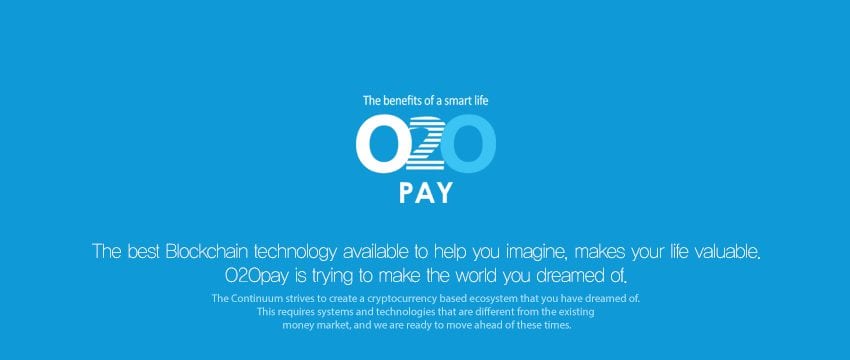Data is a powerful weapon for businesses. It’s been relevant for decades, but it’s now becoming even more important as we head into the age of ‘big data’.
If businesses (of all sizes) want to stay ahead of the game, it’s going to be crucial that they understand how to manage data properly and really get the most out of this goldmine.
‘Goldmine’ might not be the best analogy, though. Because while data is currently more useful than gold, it’s a lot less scarce. The amount of data we produce doubles in size every two years, and by 2020 it’s expected to hit about 44 trillion gigabytes per year.
And most of that data isn’t hidden away anywhere. In fact, most businesses today have access to a glut of data that could be enormously valuable if used properly.
The data almost every business has stored in their systems can be used to market more accurately, drive better research and development, and get to know customers more intimately.
There’s no question that data can change the way businesses operate on a massive scale. The real question is, how?
How data can change businesses
Within five years, it’s expected that there will be about 20 billion connected Internet of Things devices. And by 2020, there will be more than 6 billion smartphone users in the world.
This means that people are generating colossal amounts of data every single day. This includes information about their likes and dislikes, hobbies, age, political views and a whole lot more.
If used ethically (and this is important), businesses can rely on this data to construct accurate, reliable profiles of their customers. These profiles can then be used to gain a number of big advantages.
Targeting ads is one of the major benefits. If businesses understand what their customers are interested in and what demographics they belong to, it becomes much easier to tailor advertising towards them and show ads that are relevant and interesting for them.
We’re all familiar with the kinds of annoying, intrusive ads that litter the internet, trying to grab our interest for some product or service we couldn’t care less about. That’s often the result of businesses failing to understand their customers — probably as a result of poor data management.
By gaining a clearer understanding of their customer base, businesses can rely on more friendly and personal forms of advertising, methods based on building a relationship with customers and gaining their trust.
A closer relationship with customers isn’t just an advantage for marketers. Businesses that closely understand their base can tailor their brand better and ensure that what they’re doing is in line with what people want.
They can also communicate better, in a way that feels personal instead of soulless and generic. This makes customers more likely to stick around and leads to an easier and more natural relationship that benefits both parties.
Research and development can also gain from this kind of deeper understanding. By learning what customers are interested in, and their desires, businesses can work on building products and services that match that. This keeps their buyers happy and their profits healthy.
There are many huge benefits for businesses that can learn how to harness and use data better. But how can they get to this point, and use data in a more efficient and productive way than the competition?
One way of getting ahead could be to combine online and offline data, and one company called O2OPay are among those working hard to build this kind of model.
Mixing online and offline data
The data out there can be split fairly neatly into two groups — online and offline.
Online data is the stuff we produce solely online. That includes social media data, searches on sites like Google, information about our chats and much more. It’s very useful, but it isn’t the whole picture.
The other type of data is offline. That includes information about users’ location, payments, and subscriptions and memberships to services.
When businesses combine these two types of data, the result is a much fuller and richer customer profile than the one generated by focusing on just one type.
But it’s also important to use this data responsibly and honestly, so customers don’t feel like businesses are invading their privacy or spying on them. In the wake of scandals like the Facebook Cambridge Analytica story, people are more concerned about this than ever.
So how can this be done? Blockchain technology could be one way to achieve it.
Using blockchain to manage data
O2OPay is one blockchain-based company aiming to make it easier for businesses to access and use data — online and offline.
Through their platform, customers actively share their data with businesses, minimizing the kind of shady ‘monitoring’ practices that have become so widely hated.
O2O is clear about only sharing data their users allow, and only offering it to the companies that need it. They’ve pledged not to sell on user data without offering a reward to the person who provided it.
Even better, with O2OPay users are rewarded for sharing with tokens that can be exchanged for fiat money. This way, they get paid and businesses get valuable data. When this data is used to improve services and marketing, the customer wins again.
Blockchain’s decentralization and transparency help make this kind of system possible.
As data becomes more and more relevant in business and everyday life, we’ll need new technologies like this to make sure we get the most out of it.
